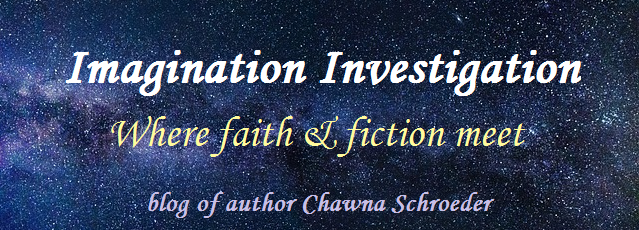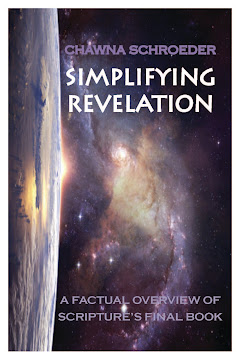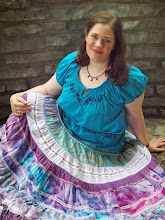After a couple hundred pages and over a hundred minutes of film, the plot has at last come to a head. Commonly called the climax in English courses, our hero has now reached the do or die moment. This is the last chance to attain the dream, goal, or desire he has chased for the whole story.
Here the tensions are highest (or should be). The goal is in reach, but the greatest and worst hurdle also stands in the character’s path. That hurdle can take many forms: a last-minute complication (e.g. a storm), a moral dilemma, a human—or not-so-human—opponent (often called the villain or antagonist). But at long last, the inner and outer conflicts have culminated—ideally in the same moment and in opposition to each other.
The problem is whatever the hero chooses, something will die, for you cannot have your cake and eat it too. But a decision must be made (even if is a decision not to make a decision) and something—or someone—will be sacrifice, physically or metaphorically.
Therefore, the Hero’s Journey calls this point the Death and Resurrection. For even as the character makes a choice, the tables are turning to reward the decision made—rewards for good (ideal) and punishment for bad. And the results can range widely: from unexpected retrieval of original desire to something deemed more important (e.g. peace of mind) for rewards; death to poetic justice for punishment. The result just must match the decision made.
And so we end the story with a final glimpse of the character, often in the same setting we saw him in at the beginning and in the process of establishing a new “ordinary world” (Elixir). We savor the rewards and justices and marvel at how the characters—and we—have grown. And with a sigh of contentment we close the book and turn off the movie, the journey complete…until the next time.
Monday, December 14, 2009
Subscribe to:
Post Comments (Atom)




No comments:
Post a Comment